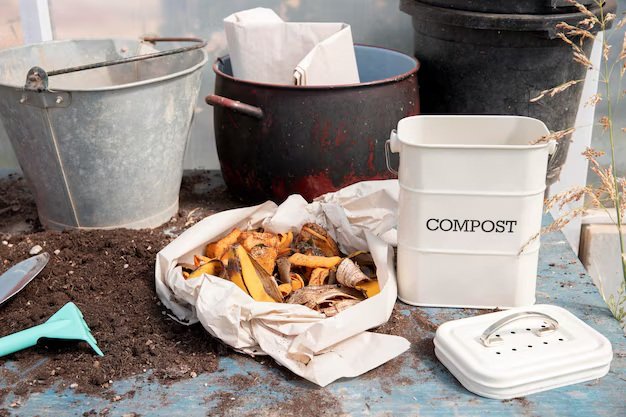10 Outdoor Plants That Are Good for the Environment
Gardening benefits both the environment and human health, yet most homeowners rarely convert their outdoor space into a garden. It doesn’t require much space—just a few buckets can be utilised to grow fruits and veggies on balconies or any other available space. Whether you live in an urban area or the countryside, gardening allows you to beautify your surroundings, improve air quality, grow organic food, and contribute to a more sustainable environment.
Gardening enhances our quality of life. According to a study by the University of Exeter Medical School, individuals who relocate to greener areas experience improvements in their mental well-being. Gardening is a natural remedy that enhances our mental, physical, emotional, and psychological health.
In This Article
- The Environmental and Health Benefits of Outdoor Gardening
- What are Outdoor Plants?
- Are Outdoor Plants Good for the Environment?
- The Top 10 Outdoor Plants That Are Good for the Environment
- #1. Apple Tree (Malus domestica)
- #2. Tomatoes (Solanum lycopersicum)
- #3. Snake Plant (Sansevieria trifasciata)
- #4. Spinach (Spinacia oleracea)
- #5. Coneflower (Echinacea purpurea)
- #6. Euphorbia (Euphorbia characias)
- #7. Butterfly Bush (Buddleja davidii)
- #8. Strawberry (Fragaria x ananassa)
- #9. Canna Lily (Canna indica)
- #10. Roses (Rosa spp.)
- Conclusion
The Environmental and Health Benefits of Outdoor Gardening
Converting your outdoor space into a garden has several environmental and health benefits. Plants grown around homes act as natural air purifiers by absorbing carbon dioxide and releasing oxygen. Gardening also provides shade, a relaxation spot, and helps reduce stress and anxiety. Additionally, outdoor gardening also provides a natural habitat for wildlife, especially pollinators, and improves soil quality by reducing the risk of erosion and flooding.
A study published in Landscape and Urban Planning discovered that exposure to green spaces reduces cortisol levels. Another study from the Journal of Environmental Research and Public Health states that gardening can help improve cognitive function, mood, and overall well-being.

What are Outdoor Plants?
Outdoor plants require less maintenance and care and thrive in various environmental conditions. These plants are excellent at absorbing carbon dioxide while releasing oxygen, making them crucial for maintaining a balanced ecosystem.
Outdoor plants come in various forms, such as trees, shrubs, flowering plants, and non-flowering plants. Each type plays a vital role in sustaining a balanced ecosystem and a sustainable environment. For example, trees provide shade and help minimise urban heat islands, while flowering plants attract pollinators like bees, butterflies, and other beneficial insects that are crucial for the reproduction of many plants and biological pest control.
Are Outdoor Plants Good for the Environment?
Outdoor plants are naturally beneficial to our environment. Without them, we would have a warmer atmosphere, as trees play a crucial role in regulating temperature. Trees purify the air by absorbing carbon dioxide and releasing oxygen. Their ability to absorb carbon dioxide also helps mitigate the effects of climate change, making them essential to our ecosystem.
One of the key benefits of outdoor plants is their ability to prevent soil erosion, reduce flooding, and improve soil quality. Once established, these plants quickly become the natural habitats of wildlife once they are grown. A wide range of pollinators, birds, and small mammals thrive in outdoor gardens, finding food sources and shelter.
Dr Doug Tallamy, an entomologist and professor at the University of Delaware, in his book “Bringing Nature Home,” argues that by planting a variety of outdoor plants, you are contributing to a network of green spaces that are essential for maintaining biodiversity. These green spaces act as refuges for wildlife, especially in urban areas where natural habitats are scarce.”
The Top 10 Outdoor Plants That Are Good for the Environment
Let’s look at the 10 outdoor plants that best benefit the environment while beautifying small outdoor spaces around your home.
#1. Apple Tree (Malus domestica)
The apple tree is a common choice for outdoor gardens. Apple trees require minimal maintenance, pruning, and watering, making them suitable for various climates. They produce abundant fruit, so planting them guarantees a steady supply of fresh produce.
Environmental Benefits: Apple trees serve as carbon sinks, improving air quality. They provide a habitat for various insects, small mammals, and birds, contributing to a healthier environment and biodiversity.
A research study on carbon sequestration by fruit trees shows that apple orchards can sequester a significant amount of carbon dioxide per hectare annually. This shows how effective planting an outdoor tree like an apple can be in mitigating climate change.
Health Benefits: According to Healthline, apple trees produce fresh fruits rich in dietary fibre, antioxidants, and vitamin C. Caring for apple trees can also be a therapeutic activity to improve the quality of one’s life and reduce stress.
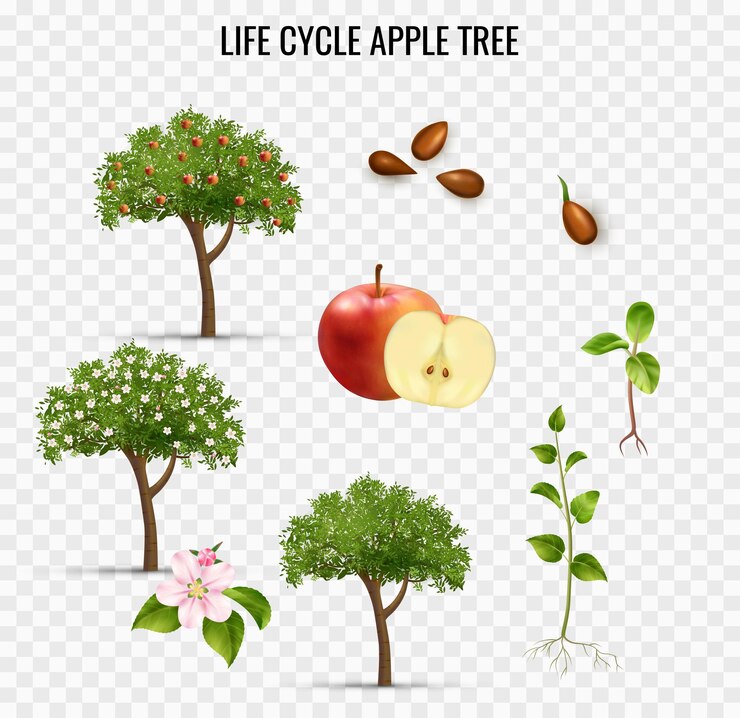
#2. Tomatoes (Solanum lycopersicum)
Tomatoes are a natural ingredient that you can easily grow in a plant bucket on a balcony. Botanically classified as fruits, tomatoes require minimal care whether they are grown in outdoor spaces, flower pots or raised beds.
Joe Lamp’l, host of Growing a Greener World and creator of The Joe Gardener Show podcast, often emphasises tomatoes as one of the best plants for beginner gardeners. They are not only easy to grow but also incredibly rewarding, providing fresh, home-grown produce throughout the growing season.
Environmental Benefits: Tomatoes grow fast to cover the soil around areas where they’re planted. The plant’s dense foliage provides cover for beneficial insects that help reduce the pest population in farms and gardens. Additionally, these flowering plants also reduce the risk of soil erosion and moisture loss.
Health Benefits: According to a study in Biology, tomatoes are rich in vitamin C, fibre, and potassium. Fresh tomato fruits also contain lycopene, an antioxidant believed to be effective in reducing the risk of heart disease and cancer.
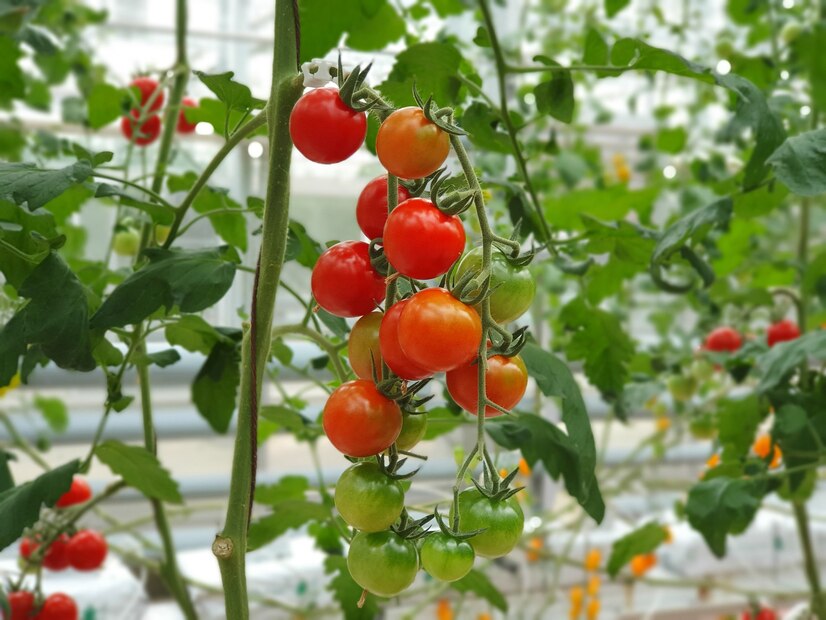
#3. Snake Plant (Sansevieria trifasciata)
Snake plant is an excellent air purifier that requires minimal care. It is an ideal plant for growers who want to add structure and height to their gardens. The snake plant can survive in areas with poor soil and low water conditions.
Environmental Benefits: With their excellent air-purifying ability, snake plants can absorb toxins from the air, such as benzene and formaldehyde. These plants can also be used to improve indoor air quality with their ability to produce significant amounts of oxygen at night.
Health Benefits: As a natural air purifier, snake plants contribute to healthier living and can reduce the risk of developing respiratory diseases. According to the NASA Clean Air Study, snake plants are among the best plants for removing toxins from the air.
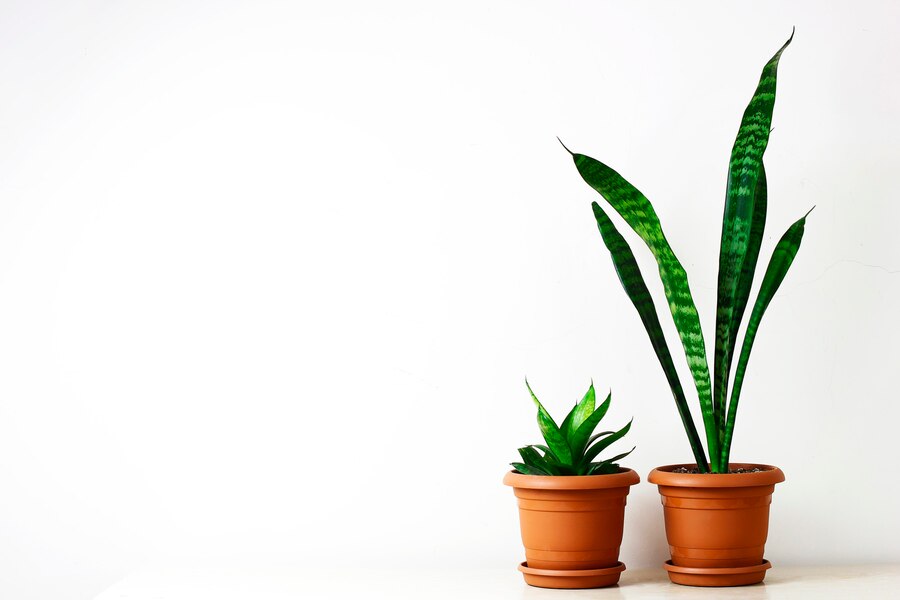
Learn More: 12 Hanging Plants for Hanging Baskets
#4. Spinach (Spinacia oleracea)
Spinach is a nutrient-rich leafy green plant that is easy to grow in both large gardens and small spaces with flower pots. Anyone can grow this vegetable, whether you have a large backyard or a small balcony. Spinach grows quickly and can be harvested throughout the growing season.
Environmental Benefits: Spinach is one of the fast-growing plants that quickly cover the soil to prevent erosion. Growing spinach in your garden can also improve soil structure and fertility as it decomposes.
Health Benefit: This is a vegetable rich in vitamins A, C, and K. It contains antioxidants, iron, and magnesium. These nutrients make spinach a preferred choice for preparing a variety of dishes, salads, and smoothies. According to Kris Gunnars, BSc, a writer at Healthline, spinach is a powerhouse of nutrients. It’s one of the best plants you can grow if you’re looking to boost your intake of essential vitamins and minerals.
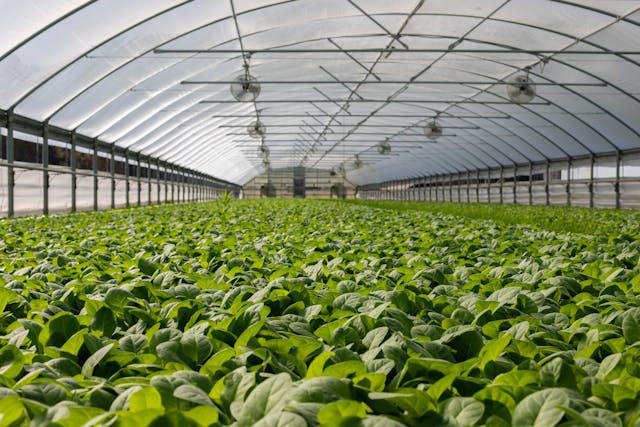
#5. Coneflower (Echinacea purpurea)
Coneflowers come in a variety of colours—from pink to white, red, and orange. With their vibrant colours that attract pollinators, these flowering plants add a unique look to your garden. Coneflowers can flourish in various conditions.
Environmental Benefits: Coneflowers are drought-tolerant, meaning they can survive in arid regions with limited watering. They not only improve the soil but also provide a nectar source for pollinators, supporting a healthy ecosystem. Research published in Horticulturae discovered that gardens with a high diversity of flowering plants, including coneflowers, have a greater abundance of pollinators.
Health Benefits: An article on WebMD suggests that coneflowers are naturally medicinal—a compound found in these plants is often used in herbal medicine to enhance the immune system.
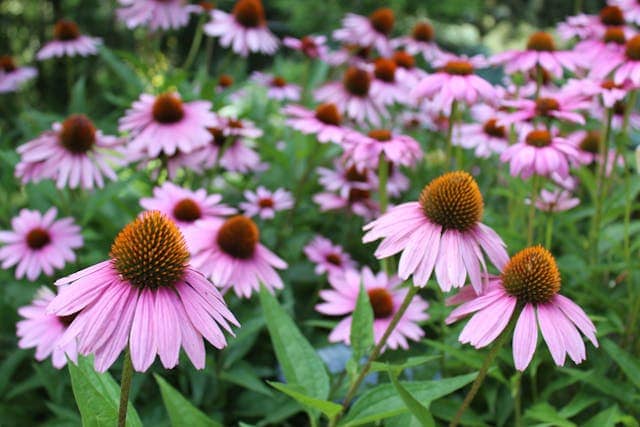
#6. Euphorbia (Euphorbia characias)
Euphorbia, commonly called spurge, is another plant that attracts pollinators while beautifying your garden. It is a hardy plant that flourishes in well-drained soil and full sun. It’s a great plant to have around your garden. Monty Don, a well-known British gardener and presenter of the BBC series Gardeners’ World recommends Euphorbia due to its ability to flourish in harsh conditions and its low-maintenance nature, suggesting it as a reliable plant for both beginners and experienced gardeners.
Environmental Benefits: Euphorbia’s flowers attract bees and butterflies by producing a unique nectar. The plant’s roots reach deep down enough in the soil, helping prevent erosion. Euphorbia is one of the best plants for the environment, as it improves soil structure.
Health Benefits: According to a study published in Molecules, euphorbia has medicinal properties, including anti-inflammatory effects. While the plant can be used as a traditional medicine, it should be handled carefully as its sap can irritate the skin.
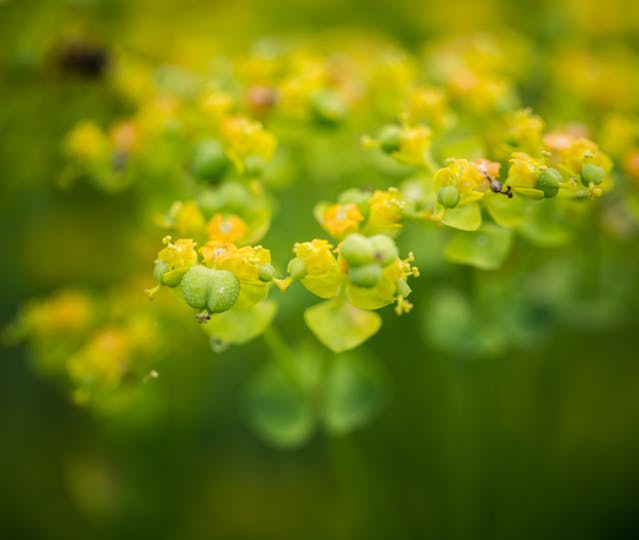
#7. Butterfly Bush (Buddleja davidii)
Butterfly bush is an easy-to-grow shrub that attracts pollinators like bees and butterflies. Native to Africa and Asia, the butterfly bush is often cultivated as a garden shrub, but it has since become an invasive species in North America and Europe.
Environmental Benefits: The butterfly bush doesn’t not only produces nectar that attracts pollinators, but it also supports local biodiversity. It’s a fast-growing plant that smaller mammals also use as shelter. According to the former director of gardens for Callaway Gardens, Patricia Collins, gardens with butterfly bushes had a higher diversity of butterfly species and other pollinators. This highlights the importance of this fast-growing shrub in urban ecosystems.
Health Benefits: Although they are not directly used in traditional medicine, their ability to attract pollinators benefits our mental well-being in general.
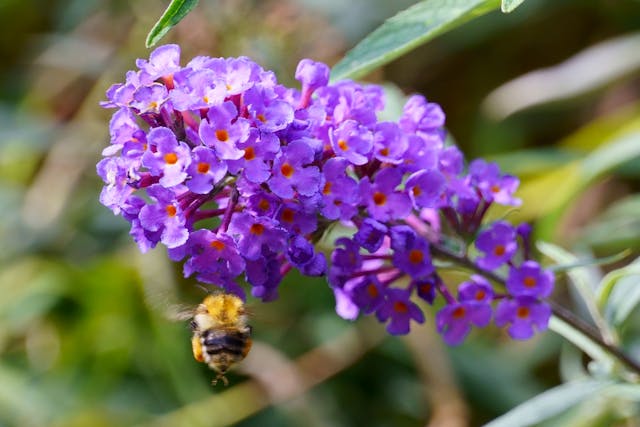
#8. Strawberry (Fragaria x ananassa)
Strawberries are plants that require small spaces to grow. They are widely appreciated for their unique aroma, juicy texture, and sweetness. Growing strawberries in outdoor gardens provides fresh fruit with minimal maintenance required.
Mel Bartholomew, the creator of the Square Foot Gardening method, suggested that strawberries should be incorporated into vertical gardens and small urban spaces to maximise yield effort making it a fantastic choice for anyone looking to start a sustainable food garden
Environmental Benefits: Strawberries naturally improve soil quality with their coverings, which helps prevent soil erosion. Beneficial insects like bees are also attracted to gardens where strawberries are planted.
Health Benefits: As multiple fruits, strawberries are enriched with antioxidants, dietary fibres, and vitamin C. These nutrients make them effective in improving human health, reducing inflammation, and lowering blood pressure.
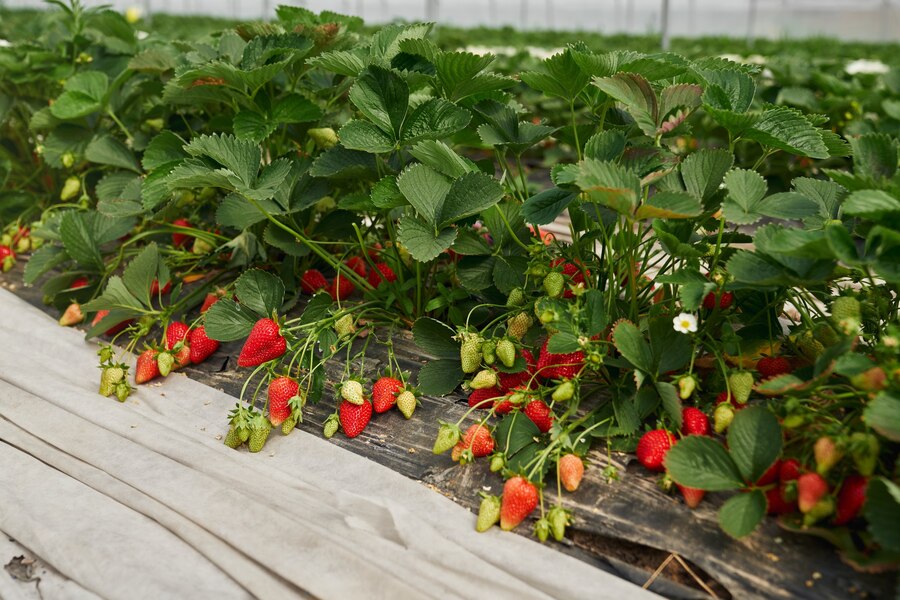
#9. Canna Lily (Canna indica)
Canna lilies stand out with their wide range of colours varying from pink, red, orange, yellow or cream. They can grow in various conditions as a fast-growing plant.
Environmental Benefits: Cannas are naturally structured to improve soil quality, which also reduces the risk of erosion. While they can increase water retention in the soil, canna lilies are also effective in removing pollutants from the soil. A research study published in Conservation has shown that Canna lilies can absorb heavy metals from contaminated soil.
Health Benefits: Cannas with their vibrant flowers are beneficial to our mental health. Spending ample time in gardens provides a sense of relief and improves our well-being.
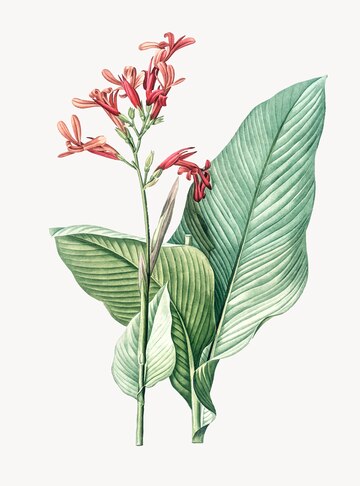
#10. Roses (Rosa spp.)
Considered the most acclaimed flowers worldwide, roses come in a variety of colours, sizes, and shapes. Roses add a unique touch to a garden or small space with their sweet fragrance and beauty, and are also crucial in creating a biodiverse garden. Monty Don, a popular British gardening expert and television presenter, has spoken about how roses are more than just beautiful flowers—they are an integral part of a healthy garden ecosystem because of their ability to attract pollinators
Environmental Benefits: Roses create nectar and pollen that attract pollinators, contributing to biodiversity. They also improve air quality by absorbing pollutants and releasing oxygen, and they can help improve soil quality and prevent erosion.
Health Benefits: An article on Healthline suggests that rose petals are edible and their fruits are rich in vitamin C. Petals can be used in salads, while rose fruits are commonly used in herbal teas.
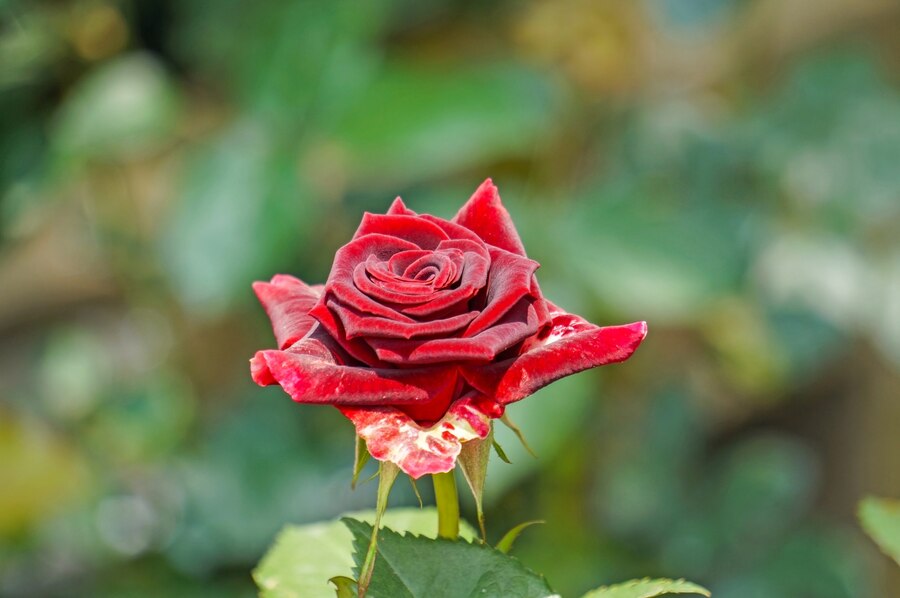
Conclusion
Outdoor gardening is a sustainable lifestyle with various environmental and health benefits. The plants we have listed in this article for outdoor gardening are fast-growing options that improve soil health and biodiversity. While some provide fresh fruits with enriched nutrients, others are grown in gardens for their ability to provide soil cover, prevent erosion, and attract pollinators.
Growing plants like apple trees, tomatoes, snake plants and roses help create a beautiful and sustainable outdoor space that offers long-term benefits. Whether you have a large outdoor space or a small space on a balcony, gardening does not require a specific space.
If you are motivated to start gardening, consider joining a local gardening club or participating in community garden projects. You can make a difference to foster a greener future.

